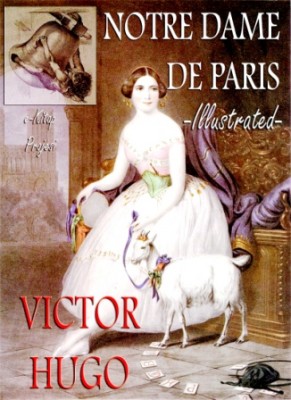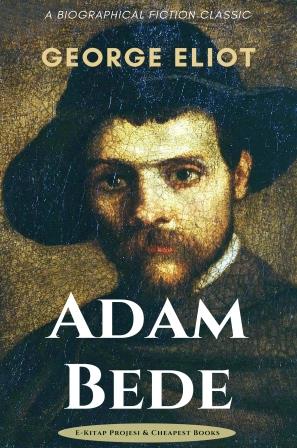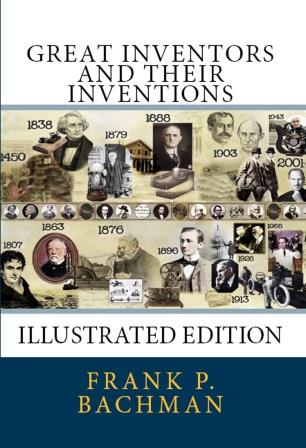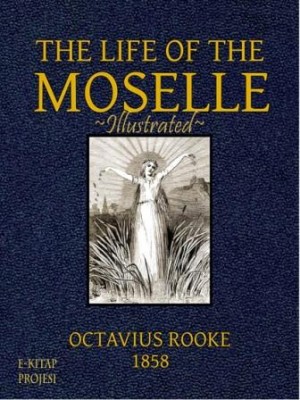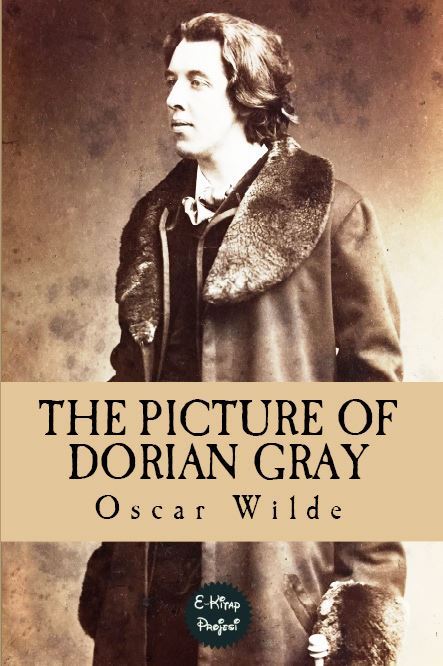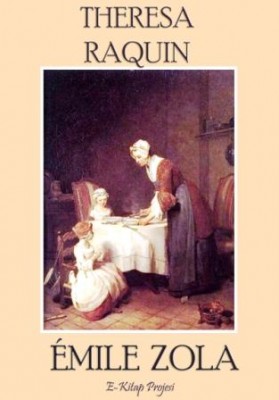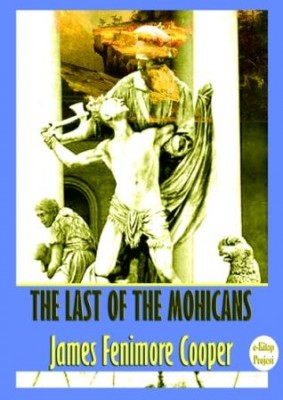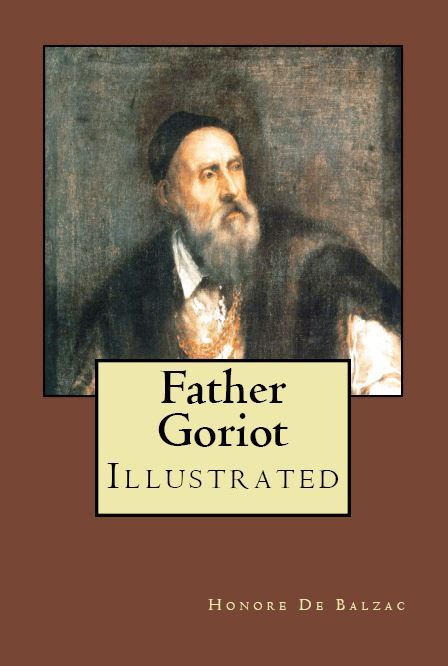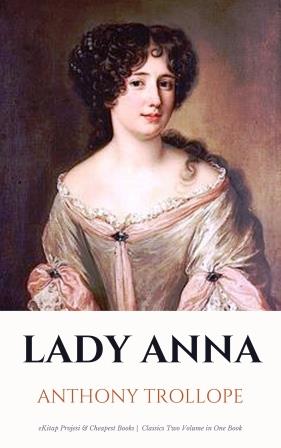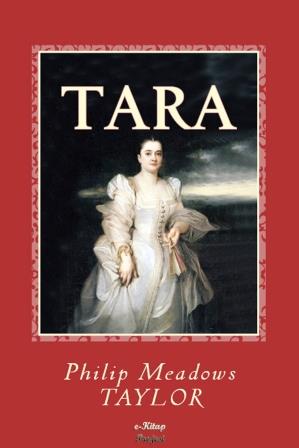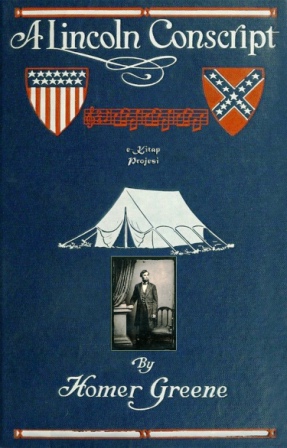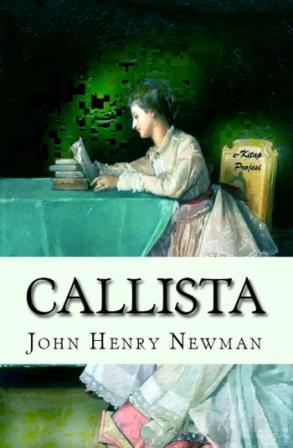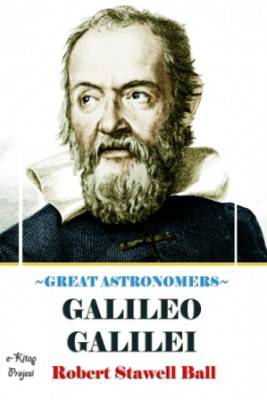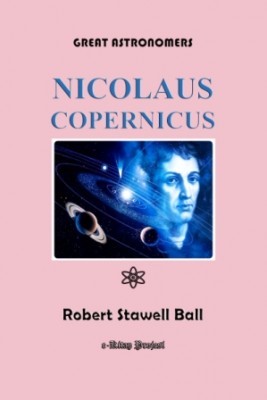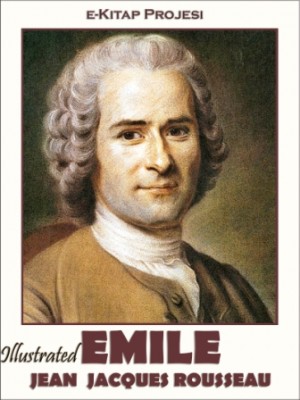Esmeralda, a beautiful Gypsy street dancer with a kind and generous heart, captures the hearts of many men, including those of Captain Phoebus and Pierre Gringoire, a poor street poet, but especially Quasimodo and his adoptive father, Claude Frollo, the Archdeacon of Notre Dame.
Frollo is torn between his obsessive lust and the rules of the church. He orders Quasimodo to kidnap her, but the hunchback is captured by Phoebus and his guards, who save Esmeralda. Gringoire, witnessing all this, accidentally trespasses into the Court of Miracles, home of the Truands (criminals of Paris). He was about to be hanged under the orders of Clopin Trouillefou, the King of Truands, until Esmeralda saved his life by marrying him.
The following day, Quasimodo is sentenced to be flogged and turned on the pillory for one hour, followed by another hour's public exposure. He calls for water. Esmeralda, seeing his thirst, offers him a drink. It saves him, and she captures his heart.
Esmeralda is later charged with the attempted murder of Phoebus, whom Frollo actually attempted to kill in jealousy after seeing him trying to seduce Esmeralda, and is tortured and sentenced to death by hanging. As she is being led to the gallows, Quasimodo swings down by the bell rope of Notre Dame and carries her off to the cathedral under the law of sanctuary.
Frollo later informs Gringoire that the Court of Parliament has voted to remove Esmeralda's right to sanctuary so she can no longer seek shelter in the church and will be taken from the church and killed. Clopin hears the news from Gringoire and rallies the Truands (criminals of Paris) to charge the cathedral and rescue Esmeralda.
When Quasimodo sees the Truands, he assumes they are there to hurt Esmeralda, so he drives them off. Likewise, he thinks the King's men want to rescue her, and tries to help them find her. She is rescued by Frollo and her phony husband Gringoire. But after yet another failed attempt to win her love, Frollo betrays Esmeralda by handing her to the troops and watches while she is being hanged.
When Frollo laughs during Esmeralda's hanging, Quasimodo pushes him from the heights of Notre Dame to his death. Quasimodo then heads for the Gibbet of Montfaucon beyond the city walls, passing by the Convent of the Filles-Dieu, a home for 200 reformed prostitutes, and the leper colony of Saint-Lazare. After reaching the Gibbet, he lies next to Esmeralda's corpse, where it had been unceremoniously thrown after the execution. He stays at Montfaucon, and eventually dies of starvation. About eighteen months later, the tomb is opened, and the skeletons are found. As someone tries to separate them, Quasimodo's bones turn to dust.
Main Characters:
Quasimodo, the novel's protagonist, is the bell-ringer of Notre Dame and a barely verbal hunchback. Ringing the church bells has made him deaf. Abandoned as a baby, he was adopted by Claude Frollo. Quasimodo's life within the confines of the cathedral and his only two outlets — ringing the bells and his love and devotion for Frollo — are described. He ventures outside the Cathedral rarely, since people despise and shun him for his appearance. The notable occasions when he does leave are his taking part in the Festival of Fools — during which he is elected the Pope of Fools due to his perfect hideousness — and his subsequent attempt to kidnap Esmeralda, his rescue of Esmeralda from the gallows, his attempt to bring Phoebus to Esmeralda, and his final abandonment of the cathedral at the end of the novel. It is revealed in the story that the baby Quasimodo was left by the Gypsies in place of Esmeralda, whom they abducted.
Esmeralda (born Agnes) is a beautiful young gypsy street dancer who is naturally compassionate and kind. She is the center of the human drama within the story. A popular focus of the citizens' attentions, she experiences their changeable attitudes, being first adored as an entertainer, then hated as a witch, before being lauded again for her dramatic rescue by Quasimodo. When the King finally decides to put her to death, he does so in the belief that the Parisian mob wants her dead. She is loved by both Quasimodo and Claude Frollo, but falls deeply in love with Captain Phoebus, a handsome soldier who she believes will rightly protect her but who simply wants to seduce her. She is one of the few characteres to show the hunchback a moment of human kindness: as he is being whipped for punishment and jeered by a horrid rabble, she approaches the public stocks and gives him a drink of water. Because of this, he falls fiercely in love with her, even though she is too disgusted by his ugliness even to let him kiss her hand.
